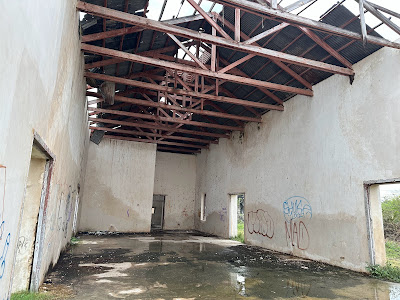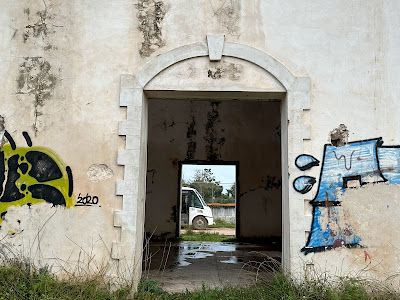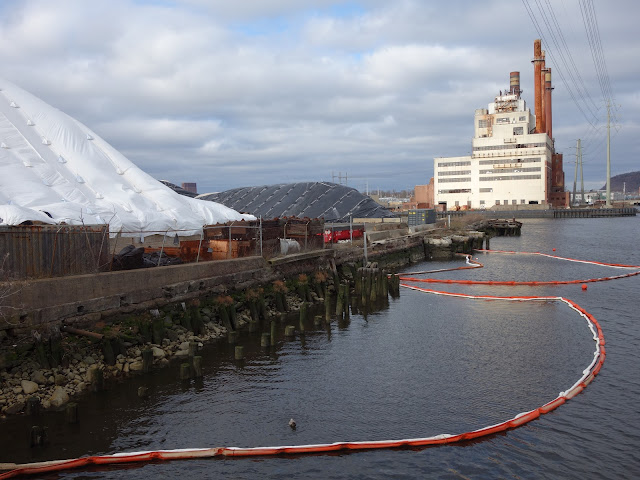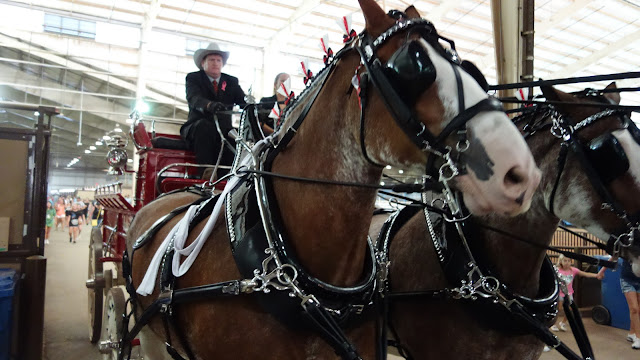 |
| The Mill River in New Haven's industrial zone. |
We humans love our rivers. We love to walk along them, sit beside them, fish in them, swim in them, skate on their frozen surfaces, write songs and poems about them, and drink from their reservoirs. But we don't treat our rivers very well. We use them as dumping grounds for human and industrial waste. Our road salt, lawn fertilizer, and pesticides screw them up. And, unfortunately, when we kill our rivers, we kill ourselves.
Because rivers are so essential to our lives, a group within Pivot Projects decided to explore the potential for rivers to be used as teachers—to sensitize both children and adults to the complex interplay of humans and nature. The idea is that we can encourage people to appreciate the planet more, and to change behavior to address global warming, if we reintroduce them to the rivers next door. So thus began our River Teachers project. Please read on about it but also explore your own river. Walk along it. Learn about it. Tell its story to others. Make your own video or photo slideshow. Blog about it.
Pivot Projects is a global collaboration of people who assembled in the midst of the COVID crisis to help create pivots in human behavior and policy that will make the world more sustainable and resilient. The group uses collective intelligence, systems thinking and modeling, and artificial intelligence to produce insights for policymakers and to engage with groups of regular people where they live. If you want to learn more or to participate, visit www.pivotprojects.org.
Pivot Projects is divided up into about 20 sub-groups that take on particular issues or domains. Two of the sub-groups, Education and Arts & Culture, decided a few weeks ago to try to develop the theme of rivers as teachers. We began gathering examples from around the world where groups had organized to save rivers, teach about rivers, make arts and trails next to rivers, etc.
I got to thinking about my local river, the Mill. The Mill River runs about a half mile from my apartment in New Haven, Connecticut. I walk across it and beside it all the time. I have also kayaked and fished in parts of the river. I love the Mill, but I realized that I didn't actually know much about it. So I decided to learn more. I'm a documentary filmmaker, among other pastimes, so I decided to explore the river from its source to its terminus in New Haven Harbor and capture what I saw. I knew that a snowstorm was coming up and decided to walk parts of the river after the snow had settled. I figured the snow would make for a nice visual contrast. So that's what I did.
Though the Mill is only 17 miles long, it tells the whole story of humanity's relationships with rivers. It arises in a suburban forest and passes through a rustic state park. It's bottled up to make a reservoir, then snakes gracefully through a beautiful urban park. It is crisscrossed by highways, roads, and railroad tracks. Then it enters an industrial zone where, for more than a century, it was the city's outhouse. Then it passes into the harbor and mixes with the Long Island Sound.
Here's a photo I took last spring of birders spotting migrating warblers on a section of the Mill in New Haven's East Rock Park (also a photo of a warbler).
I actually spent a couple of days shooting scenes along the Mill. It was really a marvelous experience. The snow was fresh and light. I explored in the car and found parts of the river I had never seen before. I saw a pair of swans on a pond next to the river, and happened to be standing on a pier in the harbor when a drawbridge, which rarely opens, lifted to let an oyster boat pass in from the harbor. The weather cooperated beautifully, too.
My thought was to make a short documentary that would serve as a talking point and inspiration for the Pivot Projects' River Teachers group. I usually have a lot of words in my documentaries, but, for this one, I decided to let the images and sounds tell the story as much as possible.
Here's a rough draft. https://vimeo.com/493131008 (It has been revised to include more words. I will repost it several times in the future as it evolves.)
After I finished the draft, I posted it on Facebook and asked for feedback. I figured I would crowdsource the content ideas for the documentary. I got a lot of positive feedback. Also, people told me they wanted to know more—more history, more nature, etc. So I decided to elaborate on it by adding more people and more explanations. I'm in the midst of improving it now. If you have any ideas, please send them my way. Email: stevehamm31@gmail.com.
A couple of points about this documentary. It's different from most of my past work and from conventional documentary making in a few ways, in addition to the crowdsourcing of ideas.
First, the B-Roll is the A-Roll. In filmmaking, frequently we show video clips or photo graphs that are relevant to what a speaker is saying when the speaker is saying it. That way you don't just have a face and a voice on screen. Boring. The clips and photos that are shown over the voice are called B-Roll. The interview images/voice are called A-Roll. In this case, I'm featuring a lot of images and sounds, which would normally be used as B-Roll, as the focal points on screen—separate from interviews.
Second, I'm approaching the editing of the film something like building a photo slide show. In our world, we're constantly bombarded with information. Bombarded to the point of distraction, in my view. It's hard to think clearly when you're overstimulated. So we tend to make decisions based on impulses rather than on contemplation and reason. With the slide show approach, I present a series of images/sounds that invite the viewer to experience what they're seeing and to think about it. Many of the video and still images in the film are presented for about eight seconds each, because, through experimentation, I find that that span of time is just about optimal for promoting the experience of contemplation. While some of the intervals are shorter or longer, I settled on eight seconds as the standard so viewers would get comfortable with the idea that they had time to settle into a scene before it would be yanked away.
Please tell me if you think these two approaches are working or should be modified.
One cool thing that happened after I launched on this project was I began to meet and interact with many people and groups who were already involved in the river in some way—scientists, environmentalists, historians, community activists, birders, kayakers, hikers, artists, educators... Some of these people and groups were already working with each other. I joined them and learned from them. Hopefully, we will get good things done together.
The main thing I want to get across is to urge you to explore your own river or stream. Walk it from end to end, if it's short enough. Learn about its history. Meet people on its banks and talk to them. By learning about our rivers we learn more about ourselves. And, just maybe, we can save ourselves.








.jpg)
































